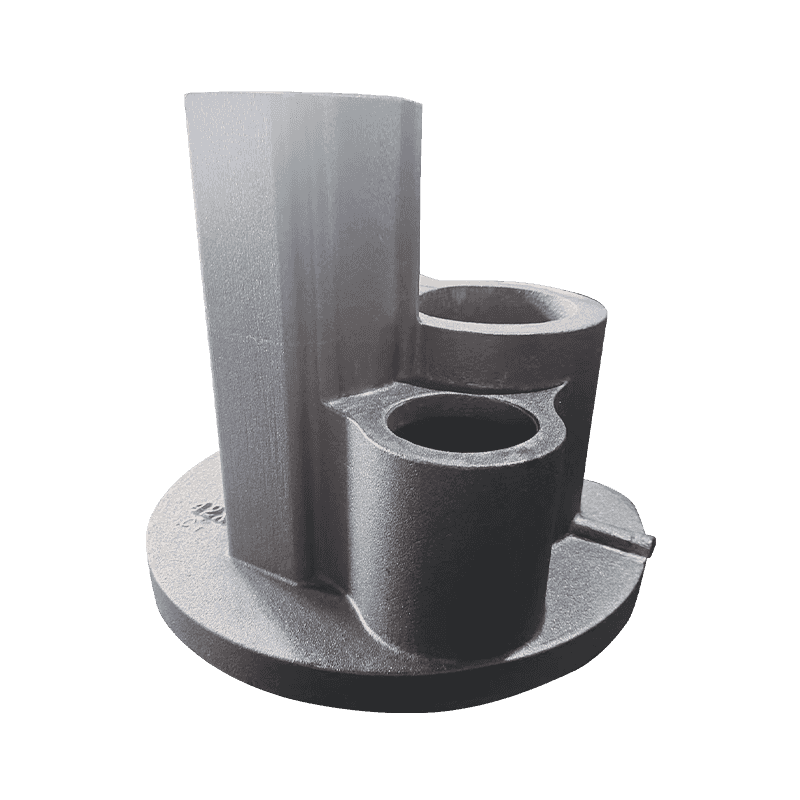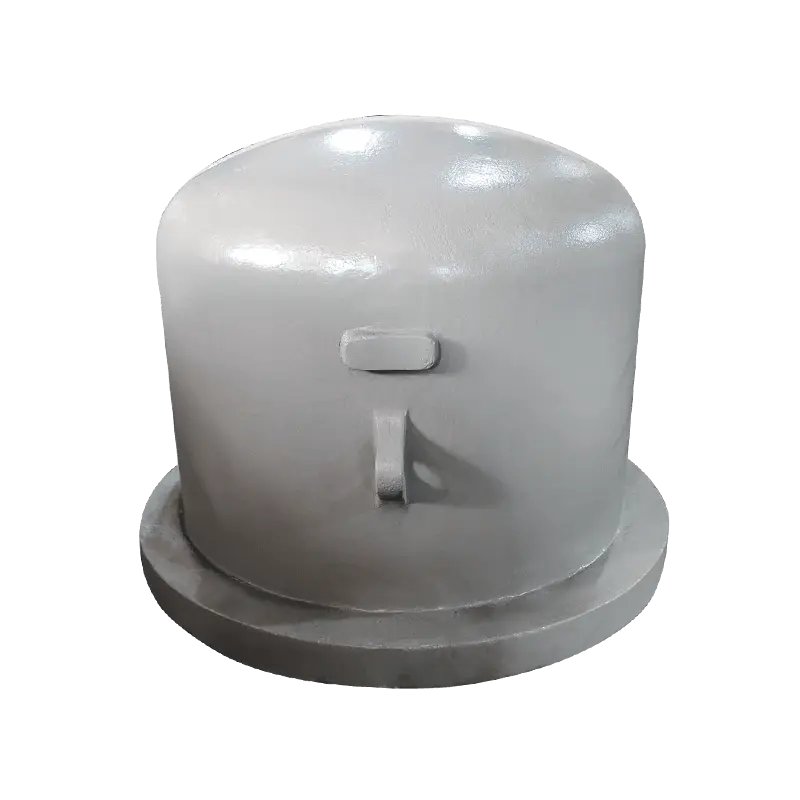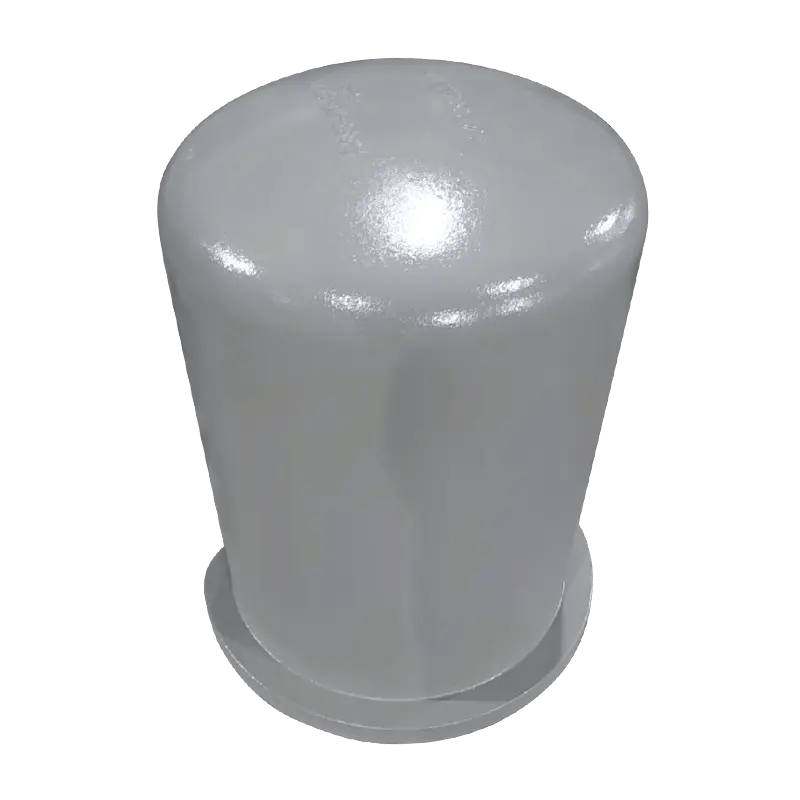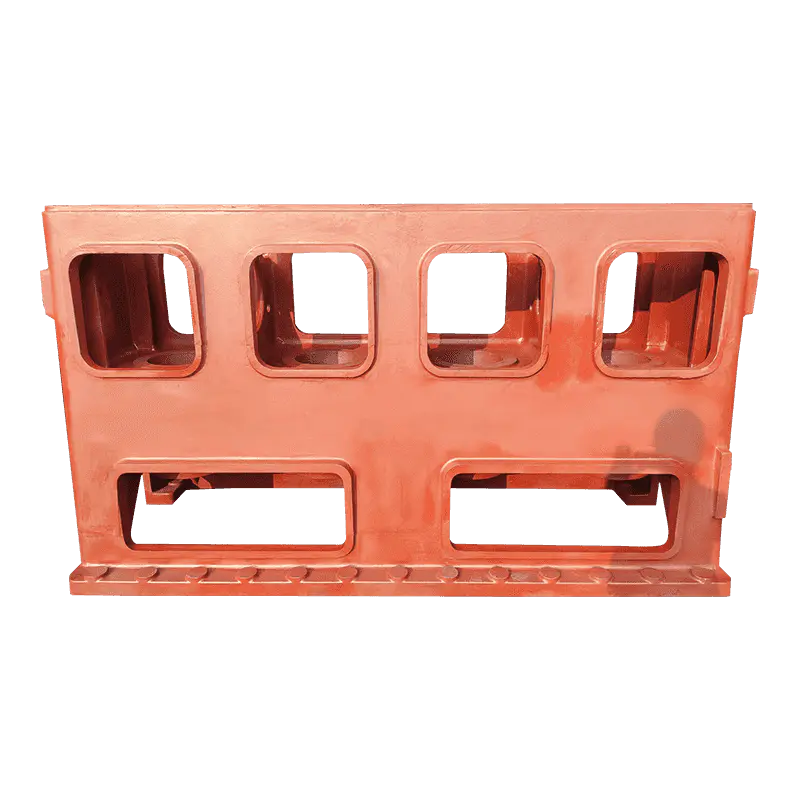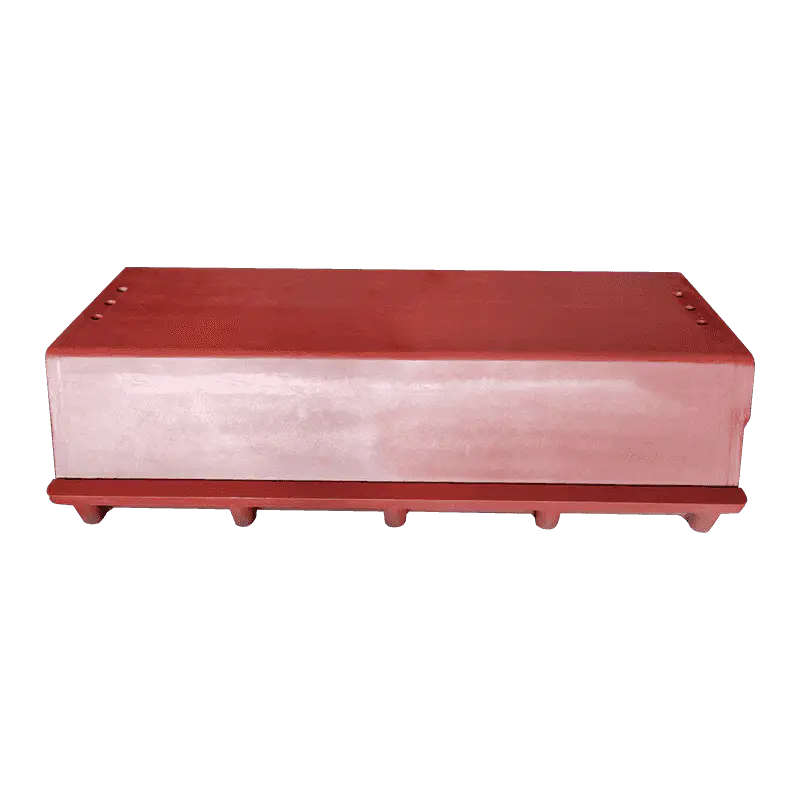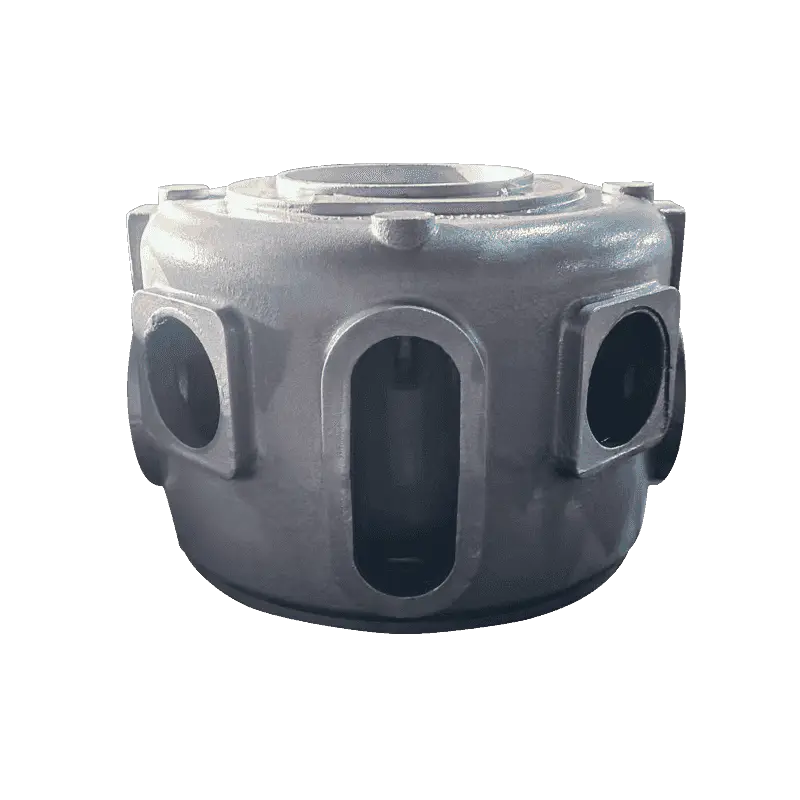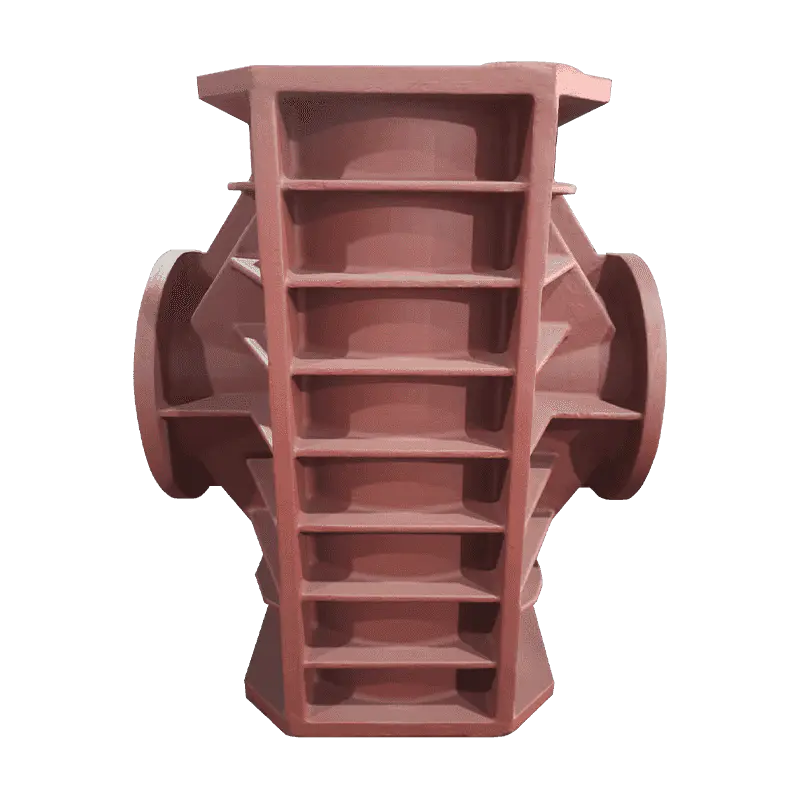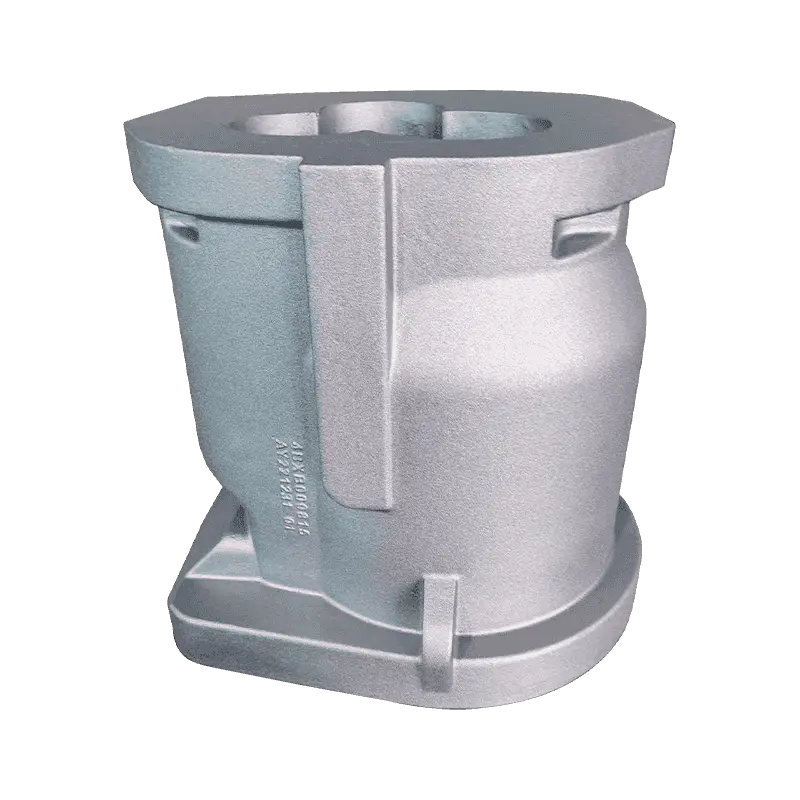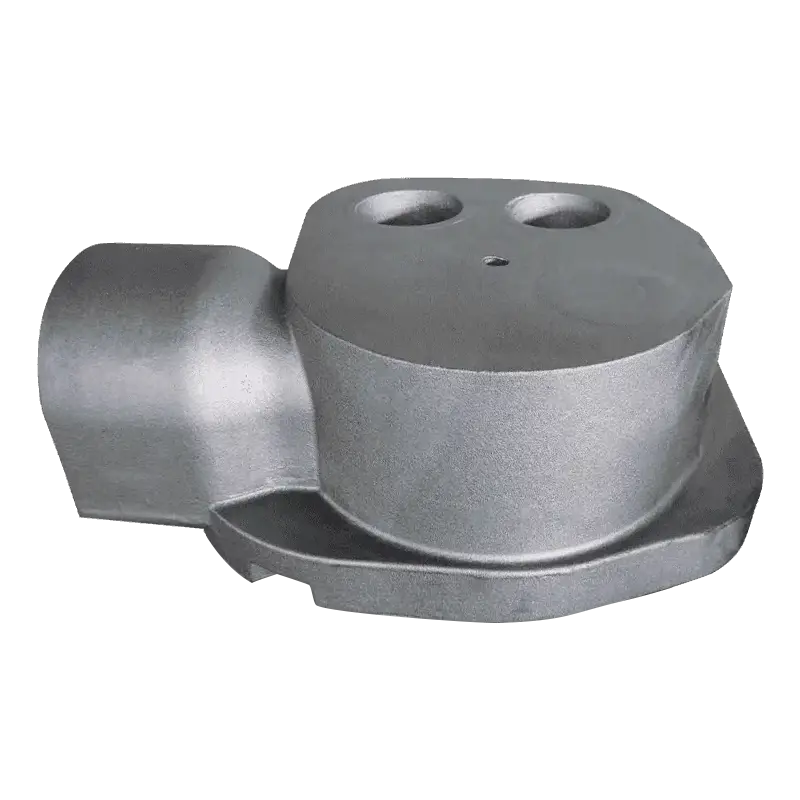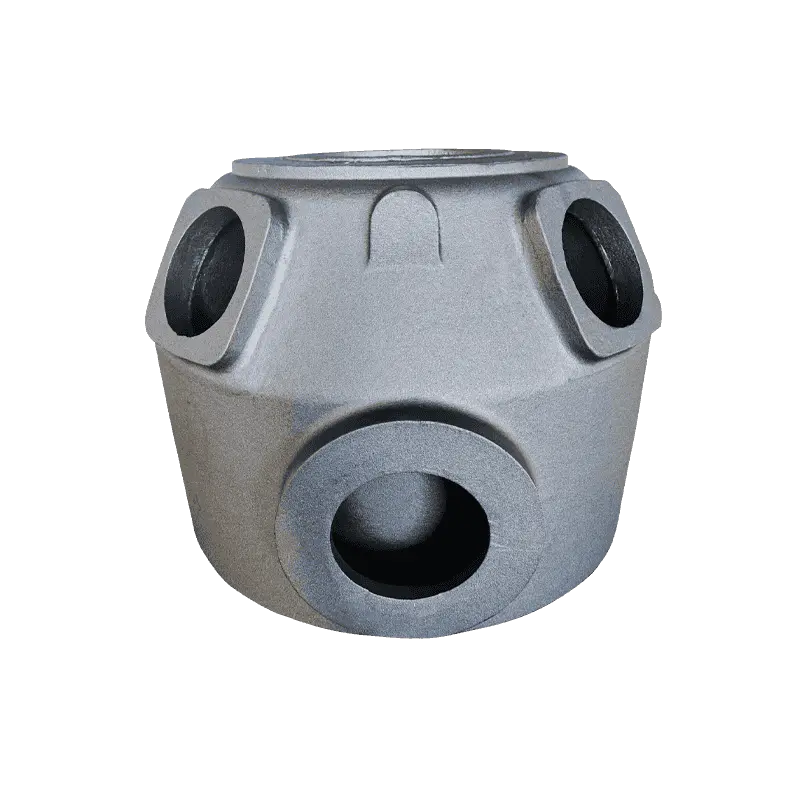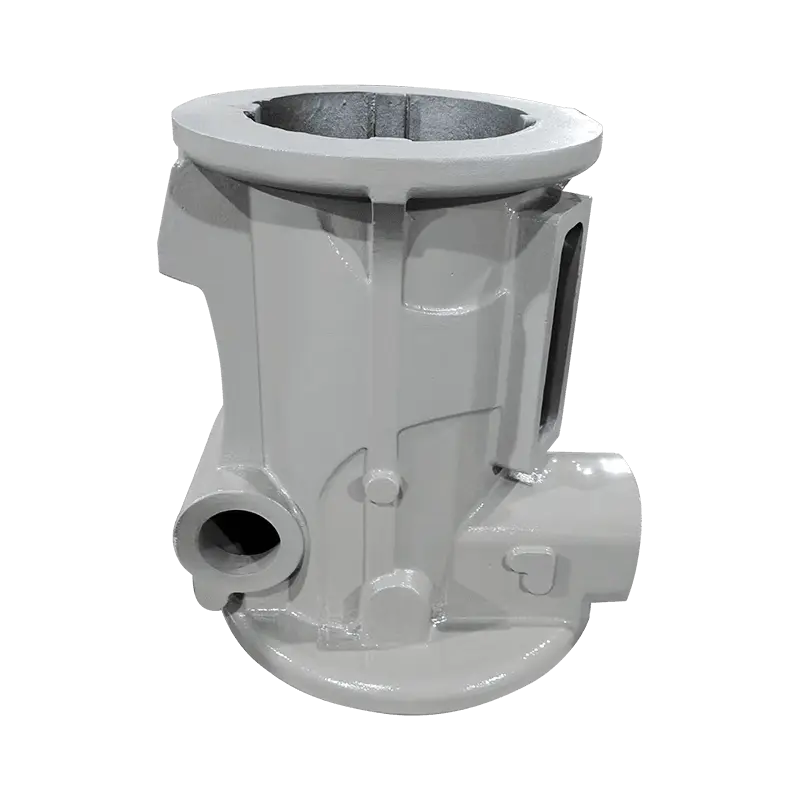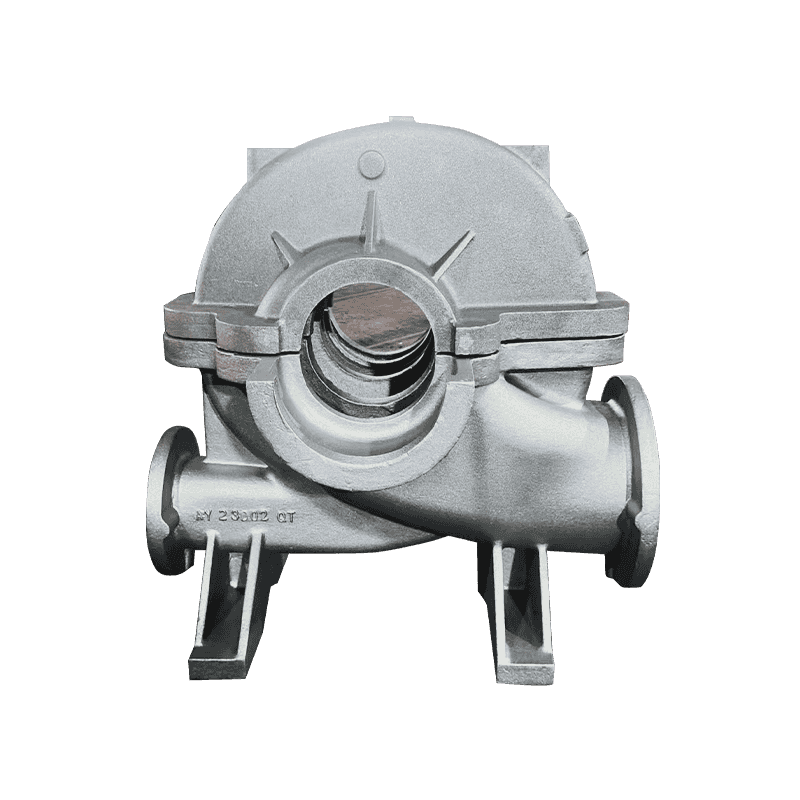1. Impact on Rotor Alignment and Balance
The Compressor Rotor Seat serves a fundamental role in ensuring the rotor is positioned and held securely within the compressor housing. The level of precision with which the Compressor Rotor Seat is manufactured directly influences the alignment and balance of the rotor, two key factors that dictate the overall performance and longevity of the compressor.
A precisely engineered Compressor Rotor Seat ensures that the rotor is aligned centrally within the compressor assembly. Misalignment, even by a fraction of a millimeter, can cause a misplacement of the rotor's center of mass, resulting in an imbalance. This imbalance can lead to uneven operational forces as the compressor operates, which can create a number of issues including excessive vibration, wear on surrounding components, and reduced mechanical efficiency. In extreme cases, rotor misalignment may even lead to catastrophic component failure.
The precision of the Compressor Rotor Seat ensures that all components within the compressor, including the bearings, shafts, and rotor, are working in harmony. This alignment helps in maintaining the stability of the rotor, which is critical for minimizing vibration levels and optimizing compressor performance over the long term.
2. Effects on Vibration Levels
Vibration is a natural byproduct of imbalance, and the Compressor Rotor Seat plays a crucial role in determining whether the rotor will run smoothly or whether it will produce excessive vibrations. Any deviation from ideal rotor alignment—caused by a lack of precision in the rotor seat—can result in uneven mass distribution. The rotor, when it spins, exerts centrifugal forces that need to be balanced evenly. If the rotor is misaligned within the seat, these forces are no longer evenly distributed, causing the rotor to wobble or oscillate.
When this happens, the compressor experiences an increase in vibrational energy, which manifests as excessive mechanical vibrations. These vibrations are detrimental for several reasons:
-
Increased wear on bearings and seals: Excessive vibration accelerates wear on critical components such as bearings and seals, potentially reducing their lifespan and causing premature failure.
-
Noise emissions: Vibration increases the noise level of the compressor, which can be a significant concern in industrial or residential environments where quiet operation is required.
-
Structural stress: Prolonged exposure to vibrations can introduce significant stress into the compressor housing and support structures, leading to metal fatigue and, eventually, structural failure.
Excessive vibration also leads to an overall reduction in the compressor’s operating efficiency. As the rotor becomes more imbalanced, more energy is required to maintain operation, resulting in higher energy consumption and less efficient performance.
3. Maintaining Component Integrity
The precision of the Compressor Rotor Seat is instrumental in maintaining the integrity of all related components in the compressor system. A precise rotor seat helps to ensure that the rotor remains securely in place and does not move excessively during operation. Proper alignment and seating help evenly distribute operational forces, which minimizes the likelihood of localized wear or damage to the rotor, bearings, and other internal components.
If the Compressor Rotor Seat is imprecise or damaged, the rotor may experience increased radial or axial movement. This can lead to:
-
Uneven loading of bearings: If the rotor is not aligned correctly, it can place uneven loads on the bearings, leading to excessive wear, heat buildup, and the potential for bearing failure.
-
Distortion of seals: Misalignment can distort the position of seals, compromising their ability to maintain proper sealing functions, leading to leaks, reduced efficiency, and the potential ingress of contaminants.
-
Increased friction: Imbalance can increase the contact between moving parts, leading to higher friction, heat generation, and potential damage to the rotor and other components.
By ensuring the Compressor Rotor Seat is precisely manufactured, the system maintains optimal alignment, which in turn protects against these risks and extends the life of critical components.
4. Long-Term Performance and Stability
Precision in the Compressor Rotor Seat is not only essential during the initial installation phase but also throughout the compressor's lifecycle. Over time, poor alignment or imprecise rotor seats can cause progressive wear to the rotor and other components. For instance, as the rotor operates off-center, it can induce excessive forces on the surrounding components, accelerating the deterioration of parts such as bearings, seals, and the rotor itself.
This progressive misalignment can lead to:
-
Cumulative damage: The longer a misalignment persists, the more likely it is that it will result in cumulative damage to the rotor, compressor housing, and bearings.
-
Progressive vibration: As components begin to wear out or deform due to the uneven forces, vibration levels increase, leading to a vicious cycle of performance degradation.
-
Potential catastrophic failure: If left unaddressed, precision issues in the Compressor Rotor Seat could escalate into catastrophic failure of major components, necessitating expensive repairs or replacements and potentially causing costly downtime in critical systems.
A well-designed and precisely machined Compressor Rotor Seat helps maintain rotor alignment throughout the compressor's service life, ensuring that the system operates smoothly and with minimal vibration, reducing the need for costly repairs and replacements.
5. Testing and Adjustment
Given the importance of rotor seat precision, advanced testing methods are used during the manufacturing and maintenance processes to ensure that Compressor Rotor Seats meet the required standards. These methods include:
-
Dynamic balancing: Compressors are often subjected to dynamic balancing tests to ensure that the rotor is properly aligned within the seat. These tests help identify any imbalance in the rotor and can guide adjustments to the rotor seat to correct any issues.
-
Vibration analysis: Vibration testing is used to monitor rotor behavior during operation. Unusually high vibration levels can be a sign of rotor misalignment, which would point to issues with the precision of the rotor seat. Such tests help detect problems early and guide corrective actions.
-
Precision machining: The rotor seat itself undergoes rigorous machining processes to ensure it meets the necessary tolerances for alignment. Modern CNC machines and advanced manufacturing techniques ensure the seat is precisely engineered to maintain optimal rotor alignment throughout its lifespan.
These testing methods ensure that the Compressor Rotor Seat is manufactured and installed to the highest standards, maintaining the long-term performance and stability of the compressor system.

